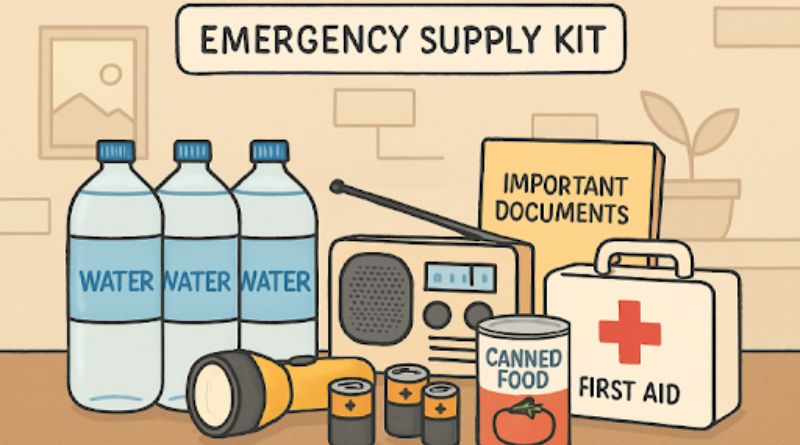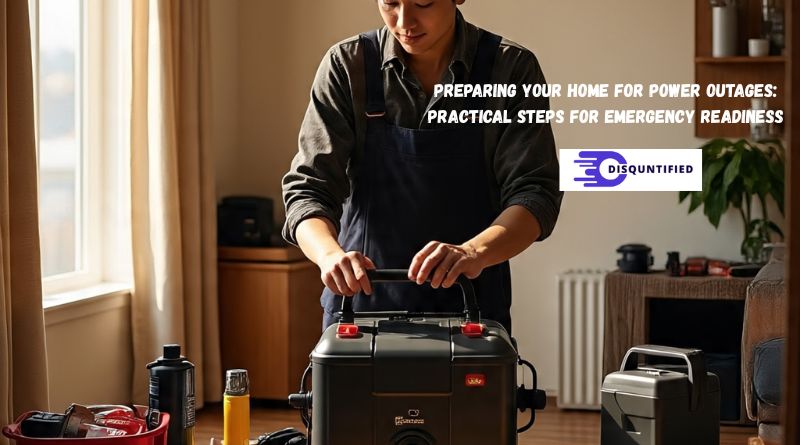Why Power Outages Are Increasing
Power outages have become more frequent and severe across the United States in recent years. Experts attribute this growing trend to extreme weather events, aging infrastructure, and the increasing demands on our electric grid. According to a CNN report, blackouts and brownouts are rising as storms, wildfires, and heatwaves test the limits of utility systems nationwide.
Understanding why power outages occur more often can help homeowners be more proactive in their preparations. With grid instability, investing in solutions like backup power has never been more critical. For residents seeking reliable backup power, Pensacola Generac Generators offer a dependable choice for keeping essential systems running during emergencies. Standby generators can differentiate comfort and inconvenience, especially during extended outages.
Communities are quickly adapting by considering temporary fixes and lasting systems that provide peace of mind. Homeowners are urged to evaluate their emergency preparedness, considering the unique challenges posed by their location, household makeup, and individual risks.
Preparation goes beyond backup power. Developing a comprehensive readiness plan ensures your family can stay safe, nourished, and connected, even as power interruptions become increasingly common. A deliberate approach to stocking up on necessities and maintaining communication is essential for confidently facing unplanned outages.

Essential Supplies Every Household Should Have
Being prepared for a power outage starts with assembling a well-stocked emergency kit. The U.S. government recommends keeping enough supplies to sustain your household for at least 72 hours. Here’s what every emergency kit should include:
- Water: Store at least one gallon of water per person daily for three days for drinking and sanitation.
- Non-perishable food: Keep a minimum three-day supply of shelf-stable foods such as canned goods, dry cereals, protein bars, and dried fruits.
- Medications and first aid kit: Ensure you have a supply of prescription medications, basic first aid supplies, and backup glasses or medical equipment.
- Flashlights and batteries: LED flashlights, headlamps, and a stockpile of batteries help you navigate safely during a blackout.
- Manual can opener and utensils:Power failures mean electric appliances won’t work—having manual options is vital.
- Personal hygiene items: Use sanitation supplies like moist towelettes, hand sanitizer, and garbage bags.
- Essential documents: Keep copies of identification, insurance policies, and utility records in a waterproof container.
Store supplies in an easily accessible, designated area and regularly check expiration dates. Consider additional items for infants, pets, or anyone with special needs.
Developing a Family Emergency Plan
A well-crafted family emergency plan ensures every household member knows what to do before, during, and after an outage. Begin by establishing clear lines of communication—you may not be together when the power goes out.
- Communication Plan: Designate an out-of-town contact for everyone to check in if local lines are down.
- Evacuation Routes and Meeting Points: Identify primary and secondary routes from home, work, or school, and establish agreed-upon meeting spots inside and outside your neighborhood.
- Inclusion of Vulnerable Family Members: Involve children, elderly relatives, and those with specific needs in planning. Practice the plan together so that it becomes second nature in an emergency.
Update your emergency plan at least annually and after major life changes, such as moves, new schools, or family additions.
Portable vs Standby Generators
A backup generator can mitigate many inconveniences and dangers associated with power outages. Choosing between portable and standby generators requires careful consideration of your household’s needs and budget.
Portable Generators
- Pros: It is affordable and easily moved wherever needed, making it ideal for powering a few critical devices.
- The cons are that it has limited run time and power output, requires manual setup during each use, and must be operated outside to avoid carbon monoxide buildup.
Standby Generators
- Pros: Provide automatic, whole-home power in seconds when the grid fails; can keep HVAC, refrigerators, and medical devices operating seamlessly.
- Cons: Higher upfront and installation costs; permanent installation required; professional servicing needed for maintenance.
Consider your household’s medical needs, frequency of outages, and the importance of uninterrupted power when selecting a generator. Consulting local disaster readiness guides or speaking with experts can help you make the right choice.
Safety Measures During Outages
Taking precautions during an outage keeps your household safe from everyday hazards. Never use generators or grills indoors, as they emit dangerous carbon monoxide. Be vigilant about food safety: refrigerators keep food safe for around 4 hours without power, while freezers can hold temperatures for 24–48 hours. Discard perishable items that have been above 40°F for two hours or more.
Secure your home by locking windows and doors, and use caution when moving around in low light. Keep essential pathways clear to prevent trips and falls, especially if you have elderly family members at home.
Protecting Home Appliances and Electronics
To safeguard your home’s valuable electronics, plug sensitive devices such as computers, TVs, and routers into surge protectors. When a blackout occurs, unplug these devices to avoid surge damage when power is restored. If you have a backup generator, ensure only critical circuits are connected and operate within the generator’s capacity.
Backup data regularly and consider investing in an uninterruptible power supply (UPS) for crucial equipment, such as internet routers and home security systems.
Staying Informed and Connected
Modern communication tools are invaluable during outages. Download trusted weather and emergency alert apps, such as local utility apps and the FEMA app, to your phone. Keep a battery-powered or hand-crank emergency radio to receive real-time updates if cell coverage fails.
Contact local authorities through official social media feeds, text alerts, or radio broadcasts. Keep neighbors informed and check on vulnerable residents nearby.
Community Resources and Updates
During outages, engage with local community programs that provide disaster training, support, and information. Many municipalities offer text alerts, dedicated websites, or emergency shelters. By participating in neighborhood preparedness groups, you’ll gain access to updates and contribute to communal resilience.
For the latest information on large-scale outages, follow resources like Reuters coverage on power outages in the US. Staying connected to reliable news sources helps you respond quickly to changing situations.
With thoughtful preparation, communication, and community engagement, you can protect your home and loved ones from the unexpected challenges of power outages.

